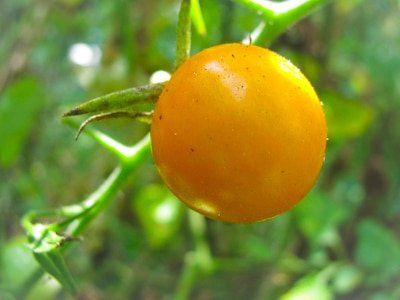I garden year round in Austin, so there is no point at which I “put the garden to bed”, as is often done in more Northern climates. I never get to start with a clean slate for the next year’s season. At any given time in my garden I’ll have recently planted sections that are often still months away from harvest, sections in peak production, sections that are still producing but well past their peak, and sections that need to be removed. During peak planting times, as in early September, the challenge for me is figuring out where I can fit new plantings into this patchwork while still maintaining some semblance of crop rotation.
I’ve come up with a few techniques to make this easier:
- Start kohlrabi, beets, broccoli raab and Chinese broccoli indoors now in late July so that they have 4-6 weeks before transplanting to garden in September.
- Although I consider the first two weeks of September prime planting time for most of my fall crops, I actually need to plant pole beans in late August so they have time to mature before the first fall frost. Our average frost date is November 15, although in my part of Austin it’s usually December before the first frost. I’ll use the same trellises that I used for my early summer tomatoes for these beans.
- Some of the spring crops are done and ready to be pulled out. Even though I never put the entire garden to rest at one time, I can prepare parts of the garden now and use burlap mulch to keep the soil soft and the weeds out while awaiting the better planting dates.
- Some of my summer crops like sweet potatoes and okra will be growing right up to the frost. I might wait until late January to re-plant these beds, but I can also start cold hardy greens like mustard and spinach indoors in late September to be planted in November.
- I’ve gotten excellent results from direct seeding cool season greens mixes in early September. As the fall progresses and temperatures change, different plants within the mix mature at different times. Lettuces usually peak earlier and arugula peaks later, with mustard greens in between.
During peak planting times like early September, it would be ideal for me to drop everything else and spend two weeks exclusively in the garden. Since that’s not an option right now, planning and preparation helps me spread the work out and still get everything in the ground.



You describe Central Texas veggie gardening well. It is so different than up north where there is only one longer growing season. Thanks for sharing some of your techniques for keeping up with our seasonal changes.
Carol,
Thanks for the kind words. I’ve been in Austin for twelve years, but I learned how to grow vegetables in Wisconsin. I still have to check myself to make sure that I don’t default to northern gardening notions that don’t apply here.
Thanks for the pea tips!